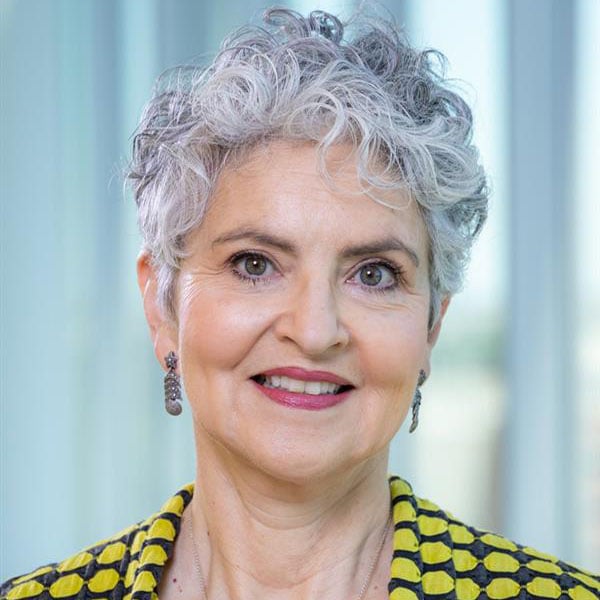Unexplained infertility can be a frustrating diagnosis for some hopeful parents-to-be because there isn’t a concrete reason for what makes conceiving so difficult. However, doctors at the University of Colorado School of Medicine say it’s not often the end of the road in having a baby. In fact, it can be the opposite.
“For most of the time that I’ve been practicing medicine, you really worried a lot about the exact diagnosis that your patient had,” says Nanette Santoro, MD, professor and E. Stewart Taylor Chair of obstetrics and gynecology. “But the field of in vitro fertilization (IVF) has really changed everything because it’s so effective. We can treat patients we could not treat before.”
In a new paper in The New England Journal of Medicine, Santoro and Alex Polotsky, MD, visiting clinical professor of obstetrics and gynecology, write that assisted conception now accounts for about 5% of all births in the U.S. and the expected live birth rate with IVF per round of treatment exceeds that of a couple with normal fertility.
These are hopeful statistics for patients and physicians alike. Still, factors such as cost and insurance coverage lead to inequitable access in many parts of the country.
“We want people to know that they have options,” Santoro says. “People are generally not satisfied with a diagnosis of unexplained infertility, but when that diagnosis comes up, there is still a really good chance of being able to have a baby.”
Infertility evaluation and treatment
Approximately 15-20% of infertility cases will be labeled as unexplained.
“For most people with most kinds of fertility issues, you don’t need IVF as the first choice, but it’ll often wind up being the next choice when the easier, less expensive options don’t work,” Santoro says of IVF, which happens through fertilizing eggs with sperm in a laboratory and then implanting those embryos back into the uterus.
“It’s of course a lot easier for fertilization to happen naturally, but some patients will end up needing IVF,” she says.
Patients undergo a comprehensive evaluation as part of the unexplained infertility diagnosis process. The evaluation focuses on clinical information relevant to common causes of infertility, which can include extremes of weight, signs of polycystic ovary syndrome, and other endocrine disturbances.
“We’ll come to a conclusion on whether the infertility is unexplained after undertaking appropriate diagnostic measures, which includes testing the ovary and egg parameters and testing the sperm parameters,” Polotsky says, noting that approximately one-third of infertility cases are due to male reproductive issues. These cases are also often effectively managed with assisted conception.
From that evaluation, options for treatment opens up.
“When the diagnosis is unexplained infertility, I often get the question, ‘Can you still help?’” Polotsky says. “And the answer is overwhelmingly yes.”
Building a successful IVF future
The first baby conceived using IVF was born in 1978. At that time, the probability of a successful live birth as a result of IVF was less than 10%, but recent data highlights how much IVF has improved in nearly 50 years. For women younger than 35, the probability of live birth from a single IVF attempt is more than 43%.
As the patient ages, those odds decrease: 31% for women 35 to 37, 19% for women 38 to 40, and about 9% for women 41 to 42. Women older than 42 have a 3.2% success rate.
“The field has really transformed over the years,” Santoro says. “We’ve gotten much better at avoiding complications with IVF and we’ve gotten much better at getting healthy embryos that are going to result in a live baby.”
The evolution of IVF success is expected to continue, the doctors say. Part of that is due to critical research and funding — Santoro and Polotsky note in their paper that more evidence is needed regarding the effects on fertility of endocrine-disrupting chemicals, for example — but advancement also transcends the medical world.
“The most important change is on the societal level. We are seeing more efforts to make IVF accessible through insurance coverage at the state and federal level,” Polotsky says. “It’s also important to continue increasing awareness of available methods for diagnosis and treatment options. This is really no different than any other medical condition, so we must remove any stigma of seeking care, because, ultimately, we are blessed with research advances that can help satisfy the desired family size and the reproductive goals of many individuals.”





